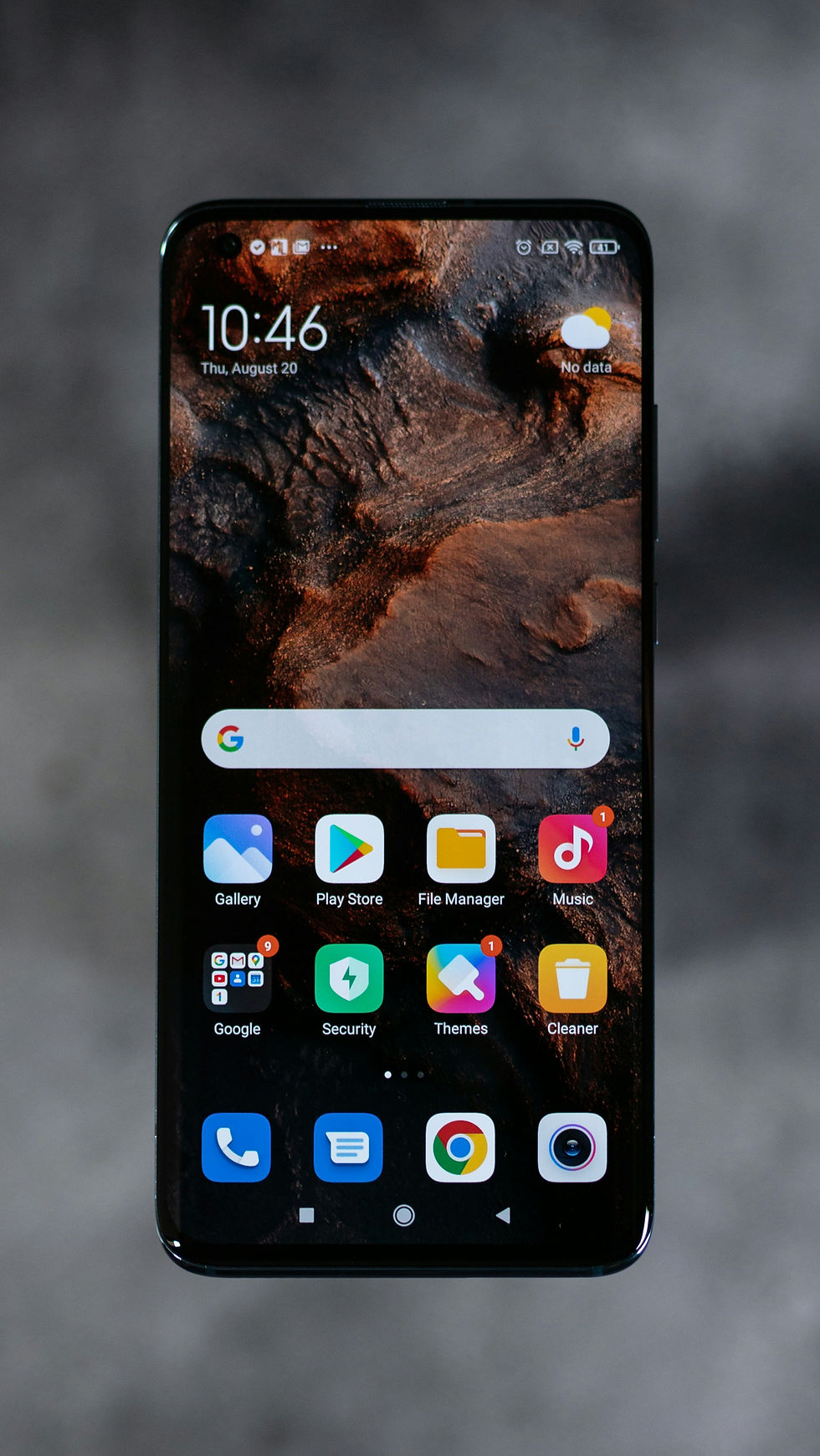The Accent in the Room: A Confession From a Filipino-American Nurse
- Eric Aguila

- Nov 4
- 2 min read

First day on the unit.
I met the nurse manager, Jocelyn. The accent is the giveaway.
Filipina. First generation.
We knuckle-bump (the unofficial post-COVID handshake).
Same scrubs, different journeys.
What I Thought It Was About
At first, I made it about the accent.
In my head, I said:
They came here first-gen. They passed the NCLEX with English as a second language. They fought for every inch. They rose fast. And now they manage us.
And sometimes, it felt like those wins came with a stink-eye toward people like me—Filipino-American, born and raised stateside, as if my path was easier, softer, less hungry.
That feeling and thought I carried with me.
What They Taught Me Anyway
Here’s what I can’t deny.
Those same nurses with accents sharpened me.
They audited my charting and caught what I missed.
They pushed me to be sharper, cleaner, more precise.
They were closer to the Motherland in their speak and in their practice.
They taught me things stateside textbooks never covered—like how to use shaving cream in addition to soap at the SNF so patients smelled fresh and families felt reassured.
They also taught ingenuity. Many trained in hospitals where supplies were scarce, so they learned to improvise and innovate. They did amazing work with little. That resourcefulness is admirable—but it can also create expectations that burn nurses out when applied to U.S. systems that demand too much.
The Larger Story
Filipinos make up roughly 4–4.5% of the U.S. nursing workforce and a third of all foreign-born RNs—a staggering share for such a small population.¹² This story began long before Martial Law, when U.S. colonial rule in the Philippines created American-style nursing schools.³ That pipeline still shapes the workforce today.
And when COVID hit, the cost was brutal: about a third of U.S. nurse deaths from the virus were Filipino.⁴⁵ Those losses ripple into the way leaders manage, teach, and expect.
Accents, in that light, are more than sound—they’re biographies you can hear.
What I Finally Saw
For a while, I thought this was about accents.
Who sounded closer to the Motherland. Who rolled their words in Southern California slang.
But the truth? It was about me.
My own insecurity. My jealousy.
I mean. “How did she do it—even with English as a Second Language?”
The answer was simple: grit, discipline, and pride in the craft.
What I’ve learned is that I can naturally do the accent well when mocking grandpa.
And although that could make us laugh, the bigger lesson was the lesson in rhythm.
Because nursing is a dance.
A dance of languages, of cultures, of lessons carried around the globe.
And learning to move with those rhythms has been the best education of my career.
References
Nazareno J, et al. Structural Violence and the Filipino Diaspora: COVID-19 and the disproportionate deaths of Filipino healthcare workers in the United States. Front Public Health. 2021.
NIH Record. “Filipino Nurses Contribute Significantly to U.S. Health Care.” 2020.
Choy CC. Empire of Care: Nursing and Migration in Filipino American History. Duke University Press, 2003.
National Nurses United. “Sins of Omission: How Government Failures Led to Needless Deaths of U.S. Nurses in the COVID-19 Pandemic.” 2020.
EEOC. “National Origin Discrimination.” Updated 2021.
Tags: Nursing, Culture
Assessed and Endorsed by the MedReport Medical Review Board






